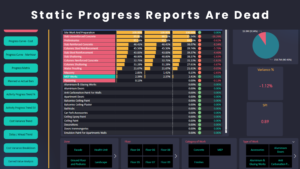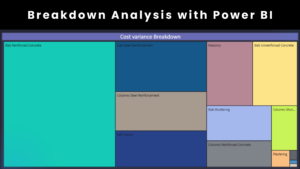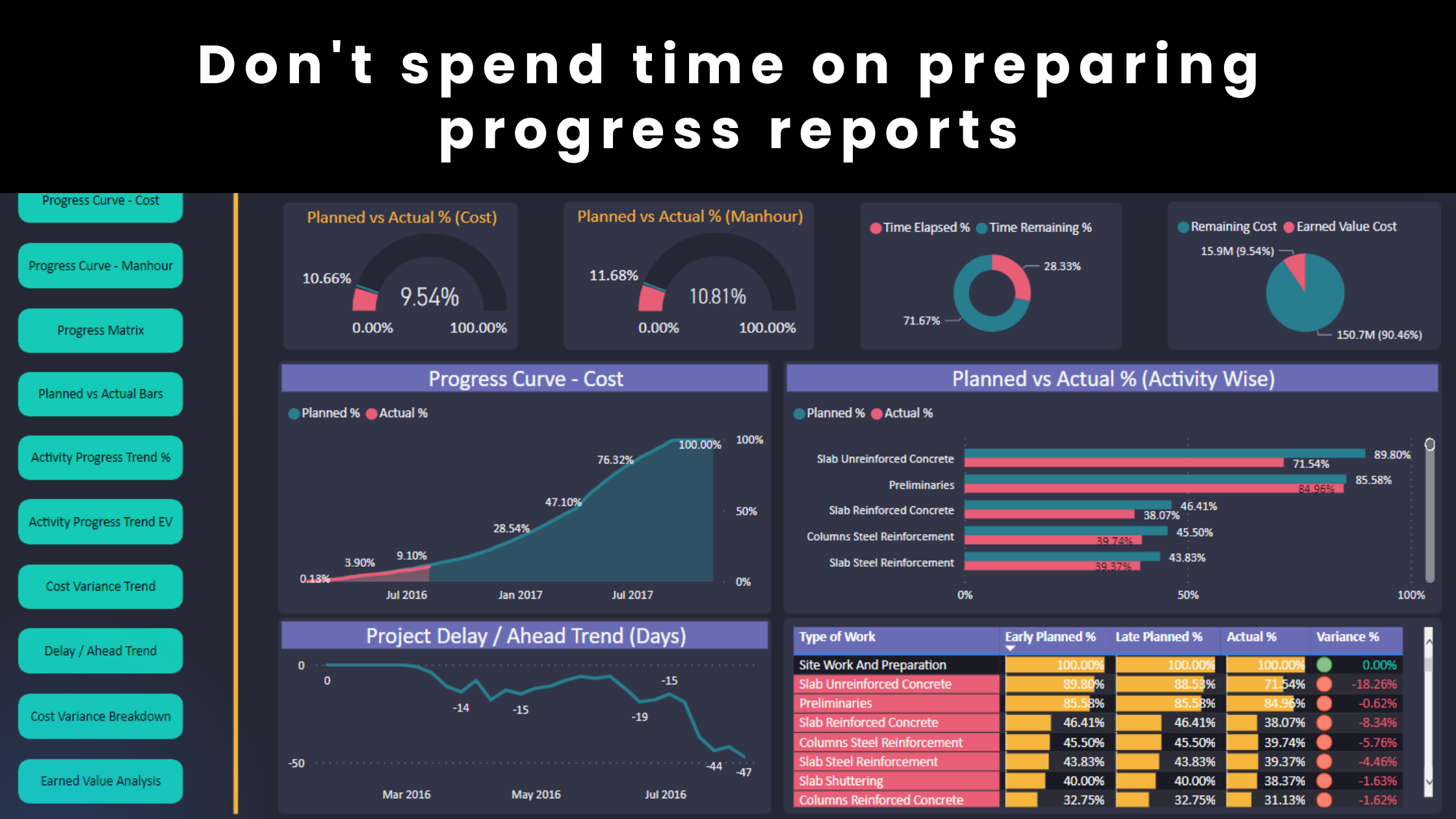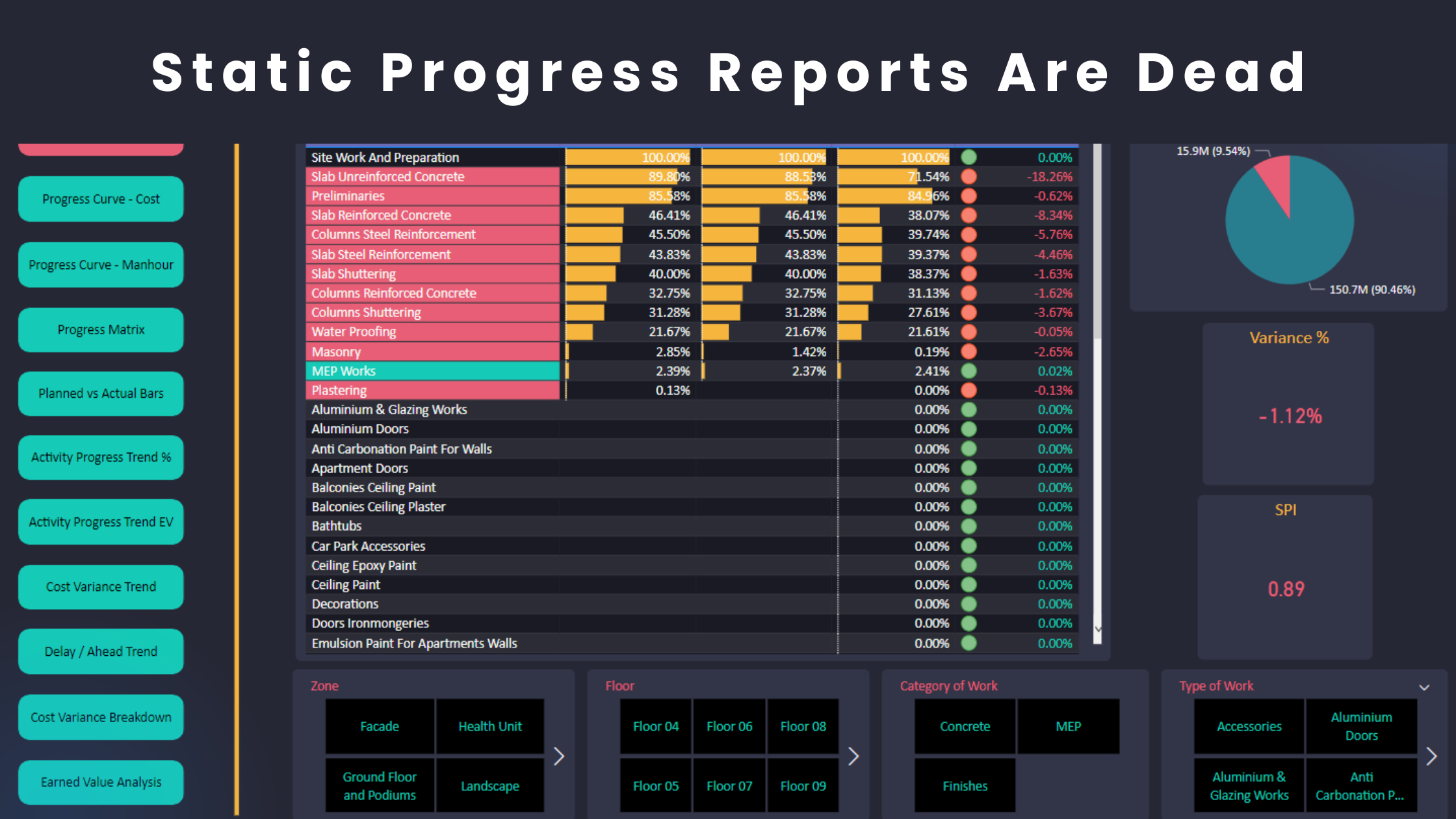Why do we need to establish earned value metrics based on both cost and manhours? Why do we need to develop a cost and resource-loaded schedule? If your answer is something like:
- Because it is a part of the contract or the client’s requirements.
- Because it is a part of my company’s procedures.
Then you don’t fully take advantage of the earned value applications in project control. This article will explain the mindset behind the cost and resources loaded schedule as well as the associated applications. The term “cost” might mean different things based on the context. In this article, I will assume the case in which we use a schedule to manage a contract, while we make the necessary reporting and submissions to an Engineer or client. For simplicity, the term “cost” that I refer to is the budgeted total cost which is based on the BOQ rate. It is the amount that we use to load the schedule and derive the earned value from it.
Why do we need a cost and resource-loaded schedule?
One obvious reason why we develop such a schedule is to see future cost and manhours forecasts but there is more to that. In the below image, assume that there are two activities A & B in the project. Each activity has a 5-day duration.
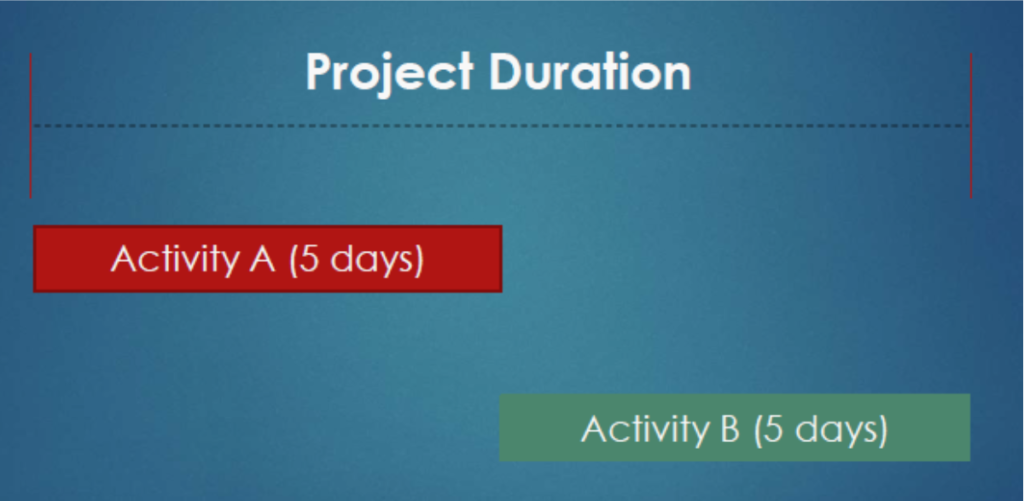
If activity A is completed and activity B hasn’t started yet, what is the overall project % complete? Your first intuitive answer would be 50%. But what if activity A is a concrete activity that is worth $9,000 and activity B is a housekeeping activity that is worth $1,000? In this case, the overall actual % is 90%. Another example might be a procurement activity that has 90 days duration but costs $10,000 and a concrete activity that has 1-day duration but costs $30,000. hence, we can make two conclusions based on the above.
1- We can’t use time as a weighting system to evaluate performance. However, there are other approaches such as CPM that evaluate the time intensity and the project criticality levels.
2- Cost can be an effective weighting system to measure progress.
Why isn’t cost enough to evaluate performance?
As per the above example, the cost seems very effective to measure progress. Why do we need to report the Planned vs Actual %, Variance % and SPI as per manhours too? Because some activities are very costly, while others are more labor intensive. For example, a concrete activity costs a lot of money but might require 15 man-days over a 1-day duration. On the other hand, paint activity costs a lot less but might require 60 man-days to execute the work. Therefore, we need to measure progress from both perspectives. You can refer to the below image to understand the concept better.
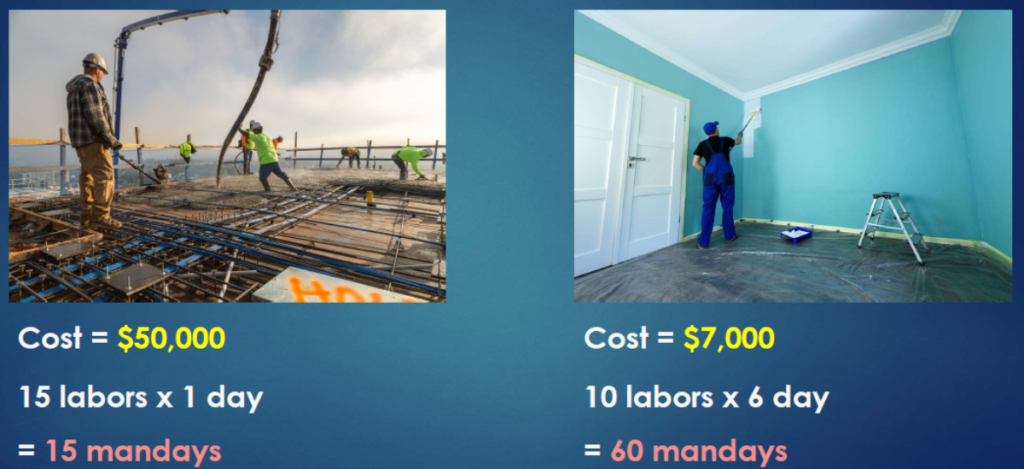
Another example to demonstrate the concept can be seen prior to the project completion. it is very common to see the below scenario:
1- The project is completed 95% (cost wise) because most activities have been completed and all major costly materials have been delivered and installed onsite.
2- The project is completed 85% (man-hour wise) because there is a lot of pending snagging, paint, testing and final touch-ups which are more labor demanding.
That’s why we need to have a cost and resource-loaded schedule to serve as both forecasting weighting tools. Moreover, it is essential to report progress as per both cost and manhours.
Regards,
Osama Saad, MBA, PMP, PSP, PMI-SP
Learn More!

